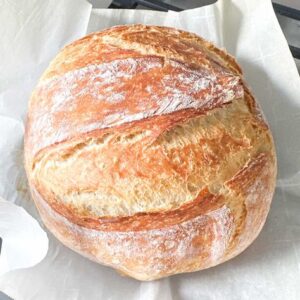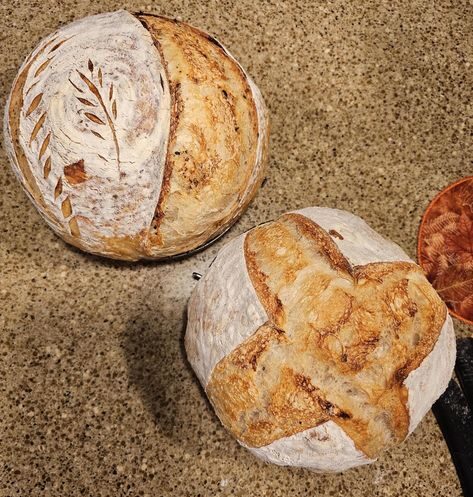Opening: A Slice of Nostalgia
There’s an unmistakable charm in the scent that fills your kitchen when you bake a loaf of sourdough bread. It’s more than just food—it’s a memory, a moment, a connection to something timeless. For many, it evokes images of family gatherings or quiet afternoons spent perfecting a craft. For you, perhaps, it could be the beginning of a new tradition. Imagine the satisfaction of pulling a golden-brown loaf from your oven, knowing every step of its creation was guided by your hands and patience. Today, we’ll delve into the world of sourdough bread, uncovering its secrets and empowering you to master this ancient art.
What Is Sourdough Bread? Understanding the Basics
Defining Sourdough Bread
Let’s start with the fundamentals. Sourdough bread is crafted using a natural leavening agent—a mixture of flour and water that ferments over time, capturing wild yeast and bacteria present in the air. This “starter” gives sourdough its signature tangy flavor and chewy texture. Unlike commercial breads made with packaged yeast, sourdough relies on this living culture, making each loaf unique.
The history of sourdough dates back thousands of years. Ancient civilizations discovered that leaving dough exposed to the elements resulted in rising bread. This method has stood the test of time because it works beautifully—and naturally. Modern science confirms what bakers have known for centuries: sourdough fermentation enhances flavors and improves digestibility.
Here are some key differences between sourdough and conventional bread:
- Fermentation Process : Sourdough uses wild yeast and lactic acid bacteria, while commercial bread employs fast-acting dried yeast.
- Flavor Profile : The prolonged fermentation imparts a complex, slightly sour taste.
- Nutritional Value : Sourdough often scores higher in terms of nutrient availability and ease of digestion.
Did you know? Global sales of sourdough bread increased by 30% in 2022, reflecting its growing popularity among health-conscious consumers.

Why Sourdough Bread Is Good for You
H2: Health Benefits of Sourdough Bread
Now let’s talk about why sourdough deserves a place in your diet. Beyond being delicious, it offers several nutritional advantages:
- Improved Digestibility : During fermentation, the starches in the dough break down, reducing their impact on blood sugar levels. This makes sourdough an excellent choice for those looking to manage their glycemic index.
- Prebiotic Properties : The lactic acid bacteria in sourdough promote gut health by supporting beneficial microbes in your digestive system.
- Enhanced Mineral Absorption : Fermentation reduces phytic acid, a compound that inhibits the absorption of minerals like iron, zinc, and magnesium. As a result, the nutrients in sourdough become more bioavailable.
Research supports these claims. Studies published in reputable journals suggest that sourdough may help regulate blood glucose levels better than white bread. If you’re concerned about gluten sensitivity, note that the long fermentation process partially breaks down gluten proteins, making sourdough easier to digest for some individuals.
Creating a Sourdough Starter at Home
Building Your Own Sourdough Starter
Ready to embark on your sourdough journey? The first step is creating a starter. Think of it as nurturing a tiny ecosystem in your kitchen. Here’s how you can do it:
Ingredients Needed for a Sourdough Starter
Day-by-Day Instructions
- Day 1 : Mix equal parts flour and water in a clean jar. Stir well and cover loosely with a cloth. Let it sit at room temperature.
- Days 2–5 : Feed the starter daily by discarding half of it and adding fresh flour and water in equal amounts. Look for bubbles and a fruity aroma, signs that fermentation is underway.
- Day 6+ : Once active and bubbly, your starter is ready to use. Store it in the refrigerator if you won’t bake immediately.
Tips for Success :
- Keep your workspace clean to prevent contamination.
- Use filtered water to avoid chlorine interference.
- Name your starter! It adds personality to your baking routine.

